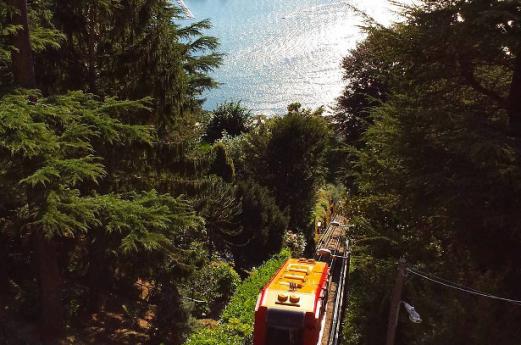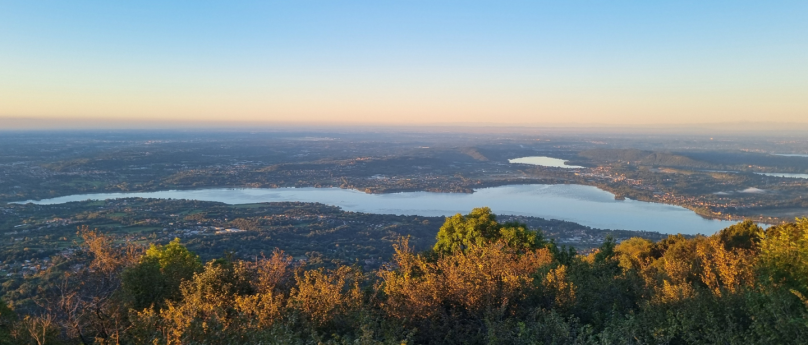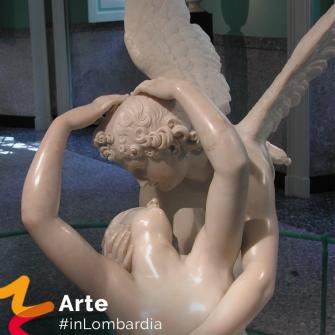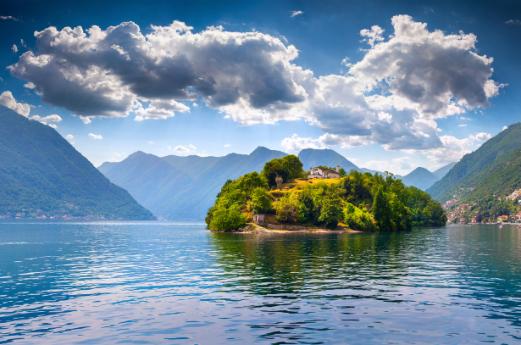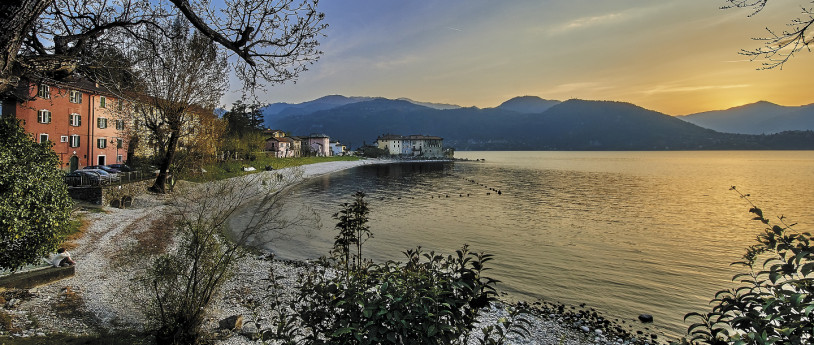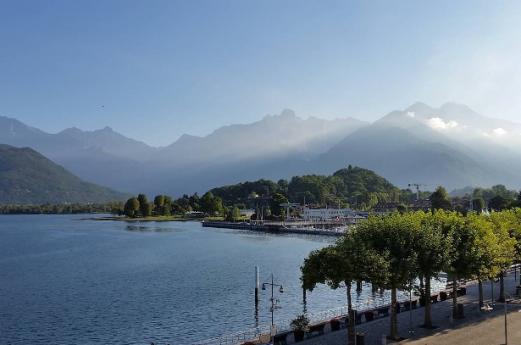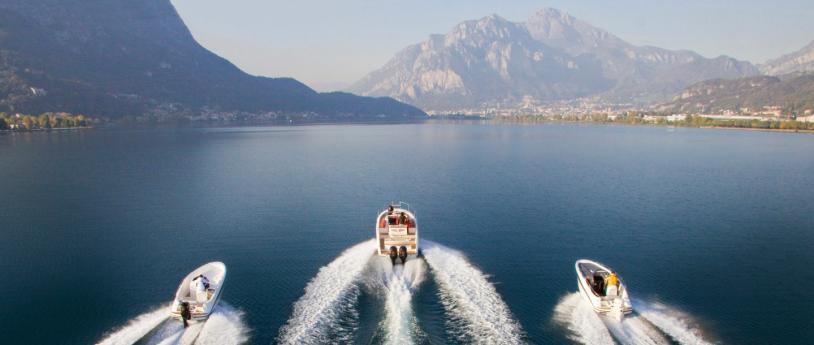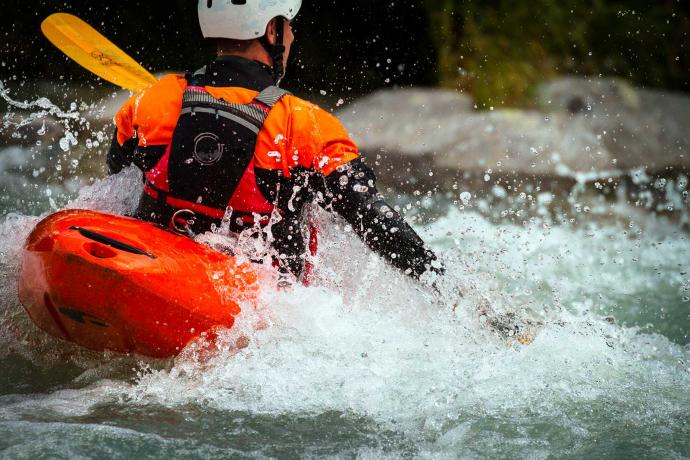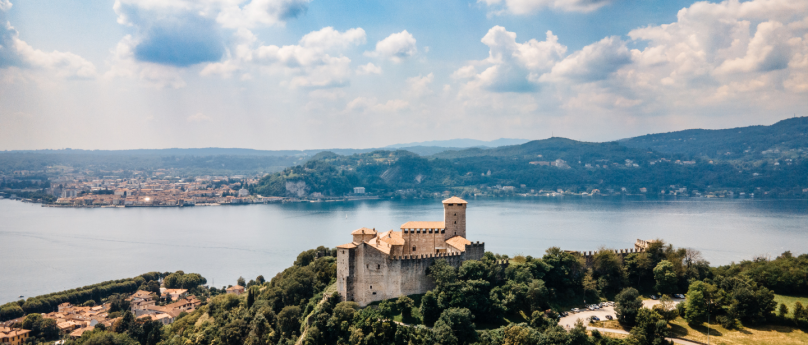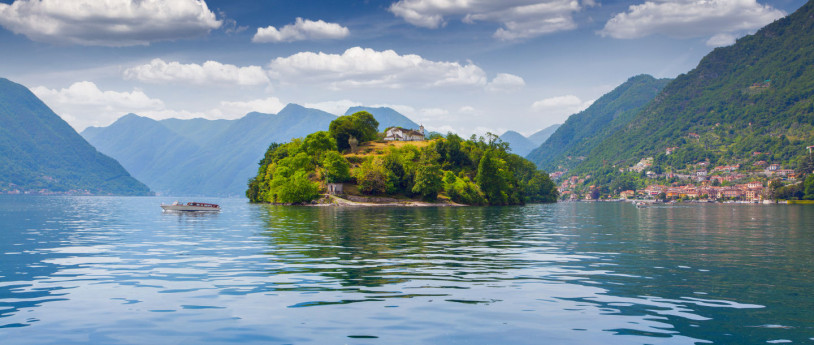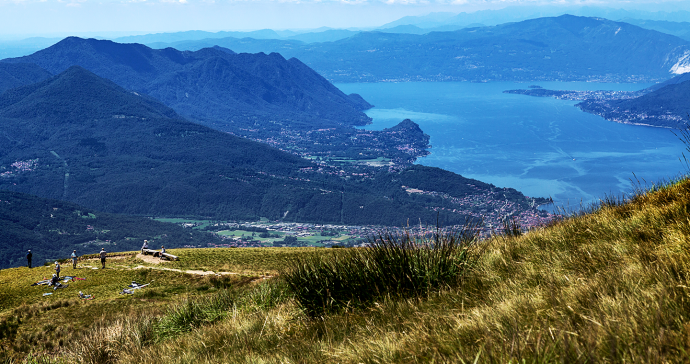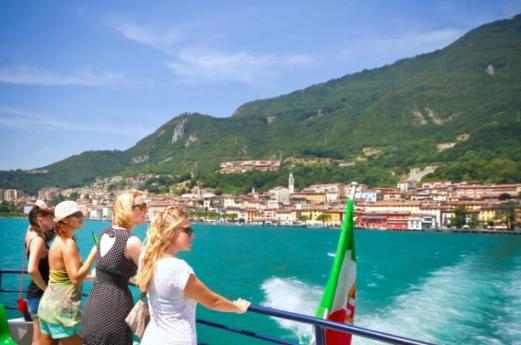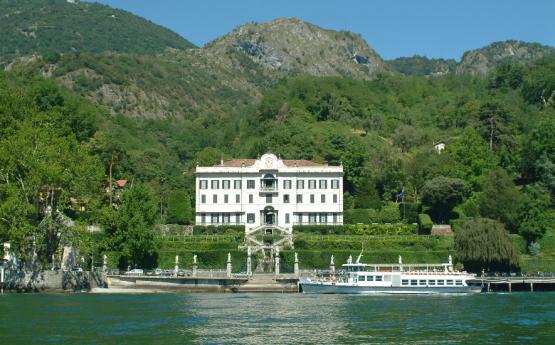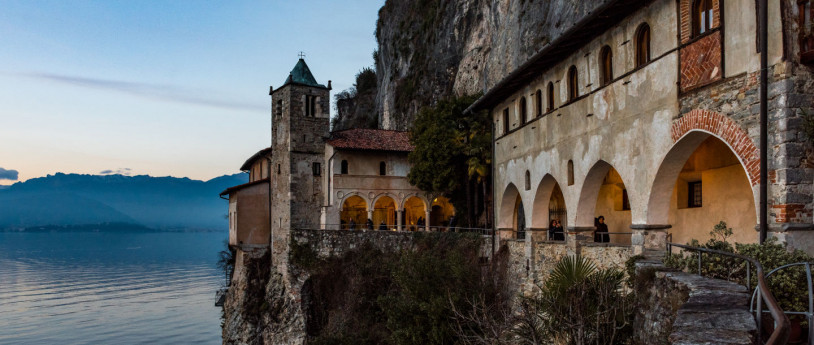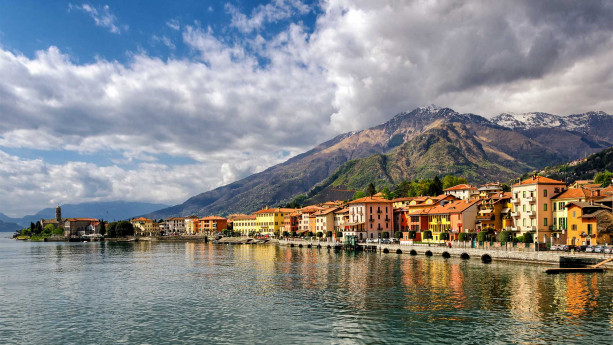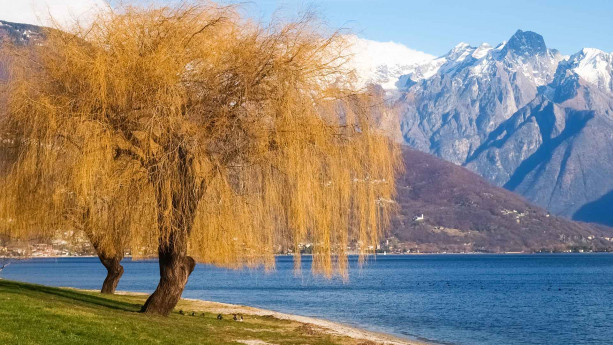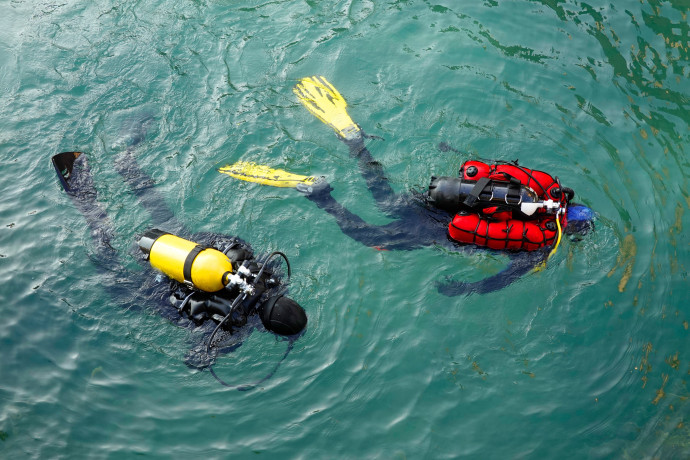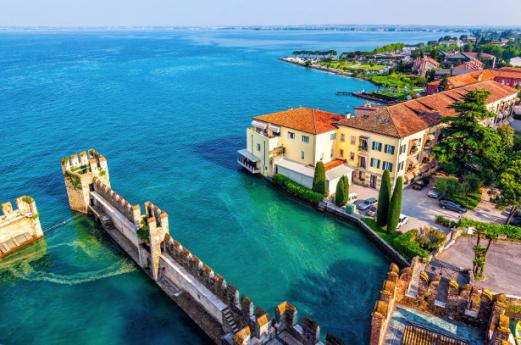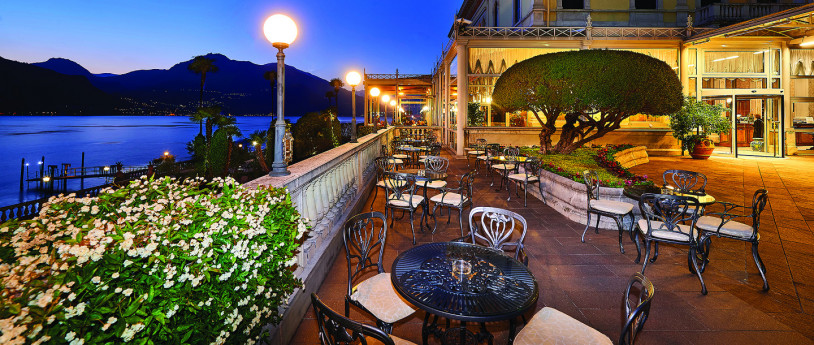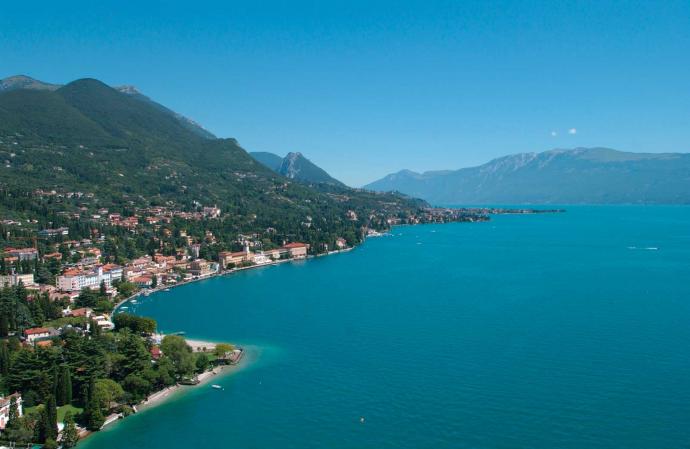- Lakes
- Art & Culture
Lago di Garda: castles and legacy
A land of pleasure and invasions, the lower Garda area has a wealth of historic sites, with roots dating back as far as the Bronze age
The remains of a sumptuous Roman villa known as the Grotte di Catullo are in exceptional panoramic position, right at the far end of the Sirmione peninsula.
Grottoes because the these old buildings look like a site of natural caves, and Catullo in honour of the Latin poet Catullus, who celebrated the beauty of this town.
At the entrance to the park, an antiquities museum displays not only a general plan of the villa, but also photos of the dig, restoration work and particularly interesting finds such as floor mosaics, objects in bronze and ceramic, fragments of plaster and frescos and a sculpture depicting the head of one of the Dioscuri.
The Grotte di Catullo can be reached on foot with an hour’s walk through the old town centre and the last part of the Sirmione peninsula. There is an electric train service in the summer months. Afterwards, visitors can relax on the nearby Giamaica beach, one of the most beautiful banks of Garda, with large smooth stones just breaking the surface of the lake, perfect for sunbathing and swimming in crystal-clear waters.
Doing the rounds
Built for strategic purposes at the end of the thirteenth century, Rocca Scaligera in Sirmione is one of the best preserved castles in Italy, with its own quayside making it a rare example of fortification for port use. A Roman and medieval museum of stone is housed in the castle’s large inner portico, together with a small exhibition giving the most important information about the fortress. A walk around the chemin de ronde
of the castle walls is a must, as is climbing to the very top of the keep, the castle’s tallest
tower, which offers spectacular views.
A walk down memory lane
On the lakeside in the heart of the old town centre, the remains of the Roman villa in Desenzano are the most important evidence of the great villas of late-Antiquity in Northern Italy. It was decorated with multi-colour mosaics of fine manufacture, depicting scenes with cupids harvesting grapes or on racing chariots, maenads and satyrs, wild animals and allegories. The antiquities museum shows reconstructions and fragments, as well as kitchen and eating pots and small bronze utensils found during digging. One room is dedicated to the collection of statues.
A look at the keep
The fortified wall with its crenelated walls and towers still dominates the old town centre below. In Desenzano castle visitors can walk by the side of the tower, go up two floors and enter the keep, right up to the panoramic observatory at the very top, whose windows offer unparalleled views of the lake. Under the battlements, the chemin de ronde to the Torresin del Pontesello has been restored, leading to a spiral staircase that gives a glimpse of the openings for the cannons. The town council has set up a small arena for historic re-enactments, parades and summer concerts.
From one castle to another
One of the most characteristic towns in this area of Garda is Padenghe, overlooked
by a medieval castle built to defend the inhabitants from the Barbarian invasions. During the summer it is a stage for theatre companies, musical groups, historic re-enactment and folklore groups.
Padenghe marks the start of a two-hour walk suitable for anyone. It winds its way through woods, vineyards, olive groves and lemon orchards to Drugolo and its castle, which probably has Longobard origins, but cannot be visited. Not far away there is also the fortification of Polpenazze, which still has its keep (now part of the town hall), two towers and part of the outer walls, and Moniga fort, with its layout and walls
still well preserved.
5 reasons for...
1. Rambotti Museum, Desenzano. Lake Lavagnone, now dry, was home to pile-dwellings
over 4000 years ago and since 2011 has been one of the “Prehistoric Pile Dwellings around the Alps” on the UNESCO World Heritage Site list. The Rambotti archaeology civic museum in Desenzano preserves the traces of this settlement, including an almost complete plough, dating back to the start of the Bronze Age, considered to be the oldest example of its kind in the world.
2. Soiano Castle. The northern tower of Soiano castle, a quadrangular fortification that stands out for its very high walls, offers an extraordinary view of the lake.
3. Parco del Risorgimento park, San Martino. This monumental complex evokes the battle between the Austrian and French-Piedmont armies in the second Italian War of Independence (24 June 1859). In the tower, a path of memory, with the statues of the main players in the unification of Italy, frescos with episodes from the Risorgimento, arms, relics and documents.
4. Sirmione Spa. A source of spa water has been talked about since the end of the Rinascimento, even if its real discovery dates back to the end of the nineteenth
century. Today Sirmione spa waters are known for their preventive and therapeutic properties thanks to their sulphurous salso-bromo-iodic content.
5. The small lakes of Sovenigo, Puegnago. The two-hour walk, suitable for anyone,
it takes to reach them is worth it—in the summer theirsilvery waters fill with lotus flowers and water lilies.
